International Tree Fruit Association annual conference and tours overview: Seeking the fruit production sweet spot
Advanced technologies and commercial production strategies for tree fruit production systems.

The International Tree Fruit Association 65th annual conference and tours was held Feb. 13-15, 2022. In-person participants met at the Hershey Lodge and Convention Center in Hershey, Pennsylvania, for two days of speaker presentations and one day of orchard tours. Orchard tours highlighted the primary fruit growing region in Pennsylvania, Adams County. Tours included visits to family run businesses and research farms, including:
- Rice Fruit Company, a business that receives, stores, packs and markets apples and stone fruit.
- Ridge Farms, an orchard and wholesale business for apples and peaches.
- Hollabaugh Brothers Inc., a business that includes fruit production, wholesale and direct-to-consumer sales for apples, pears and stone fruit, as well as a large farm market with a bakery, educational classes and fresh produce, and value-added products.
- Penn State’s Fruit Research and Extension Center, where participants heard from Jim Schupp about peach rootstock and training system trials, and Long He and his lab members about developing orchard technologies such as vision sensing and robotics for spraying, fruit thinning, irrigation and frost protection.
Meeting organizers also provided a virtual option for participants to live stream speaker presentations at the Hershey Lodge and Convention Center.
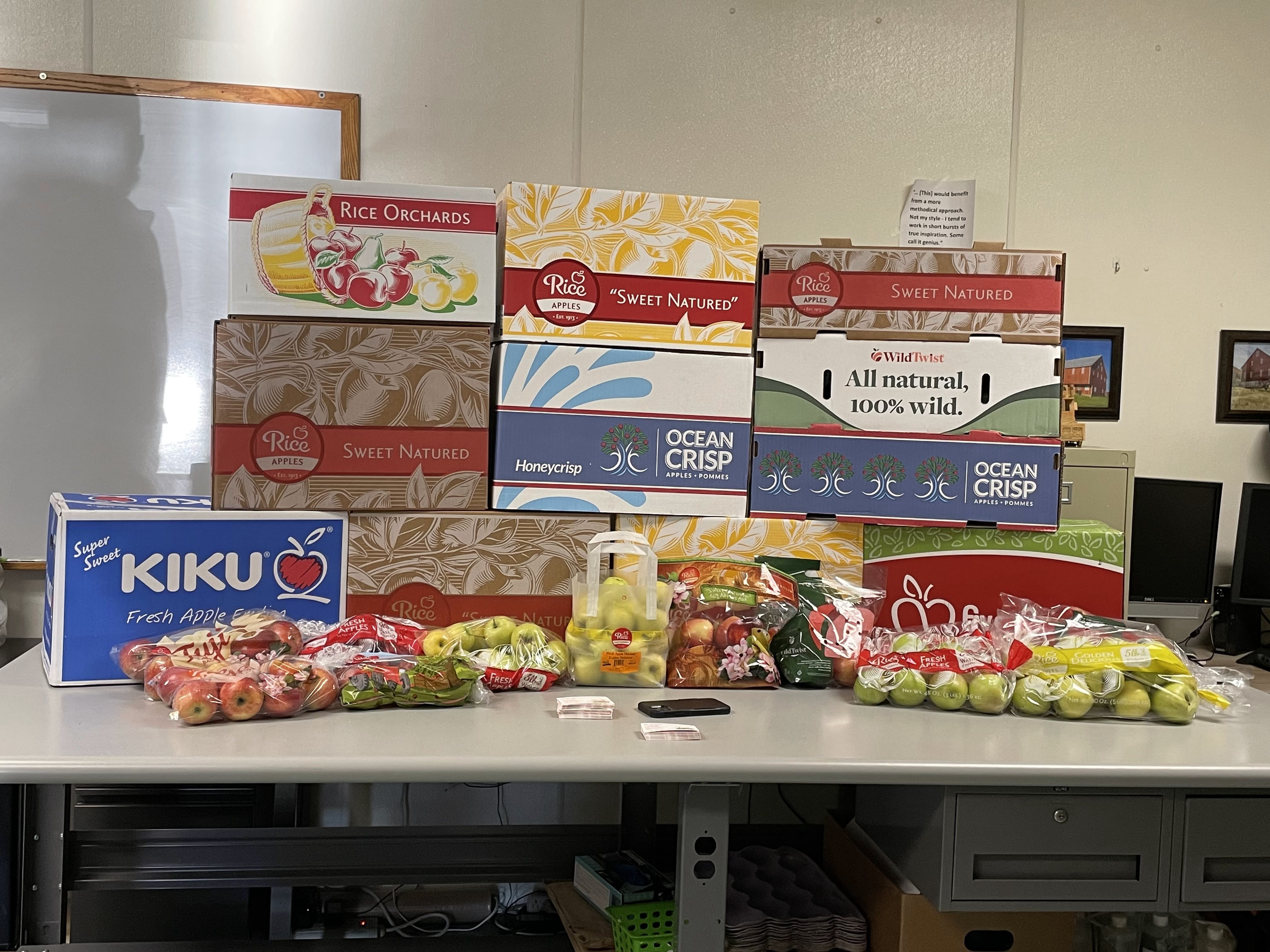
The meeting sessions included topics such as apple replant disease and soil health, rapid apple decline (RAD)/sudden apple decline (SAD), peach and pear training systems, rootstocks updates for apple and peach, use of plant growth regulators (PGR) for blossom and fruitlet thinning and pre-harvest drop, and an update on the current personnel and research initiatives at the U.S. Department of Agriculture (USDA) Agricultural Research Service (ARS) Appalachian Fruit Research Center in Kearneysville, West Virginia.
In addition, a key conference theme was advances in robotics and orchard technology for a range of topics such as frost protection, harvest, pruning, thinning and pneumatic defoliation. Grower panels also shared their experiences with plant growth regulators, nutritional supplements and currently available orchard technologies such orchard platforms, harvest assist machines, hedgers, pneumatic defoliators, technologies such as FruitScout, and materials to improve fruit color in apple.
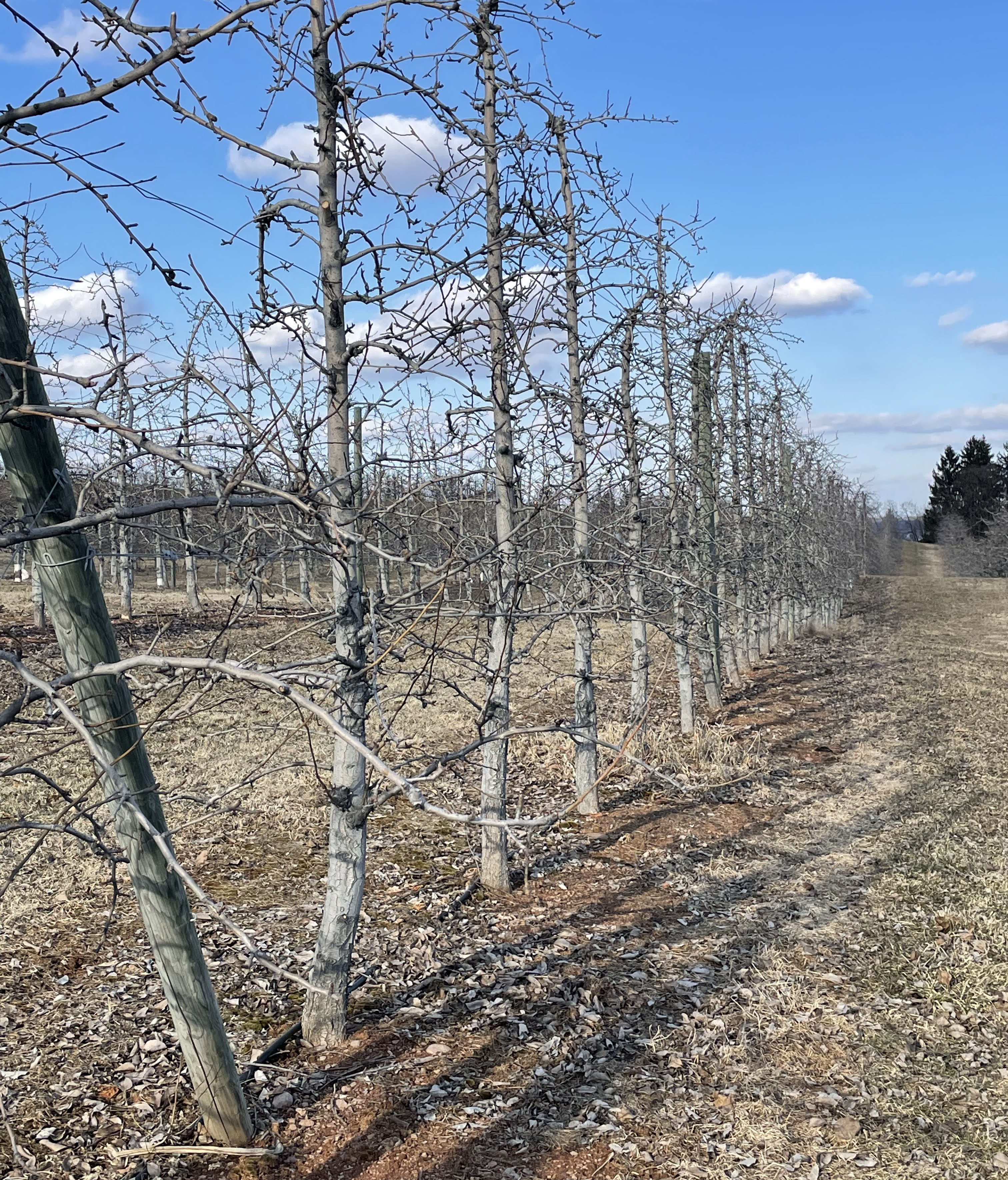
The Robert Carlson Lecture was given virtually by Ian Goodwin from Agriculture Victoria in Tatura, Australia. Goodwin provided an overview of the Tatura Smart Farm and the Sensors for Summerfruit Projects. At the Smart Farm, there are multiple experimental trials on pears, apples, peaches, nectarines and almonds. He shared that research at the Smart Farm incorporates various technologies to evaluate the effect of sunlight on fruit development and quality. Fruit sunburn prevention is also being tested using solar panels above tree canopies to block light and cool fruit through shading.
Various training systems, rootstock evaluations, irrigation experiments and planting configurations are also being evaluated. For example, the Sun Dial Orchard (planted in the configuration of a sun dial) has been used to investigate effects of light on yield, fruit quality and tree water use for apples and nectarines. In addition, new technologies to collect data are being implemented. For example, a colorimeter was used to nondestructively measure fruit color and evaluate fruit maturity. Also, an autonomous GreenAtlas cartographer was used to provide high-resolution mapping of the orchard and count the number of flower buds and fruit per tree using optical cameras, LiDAR and GPS across various training systems and fruit crops.
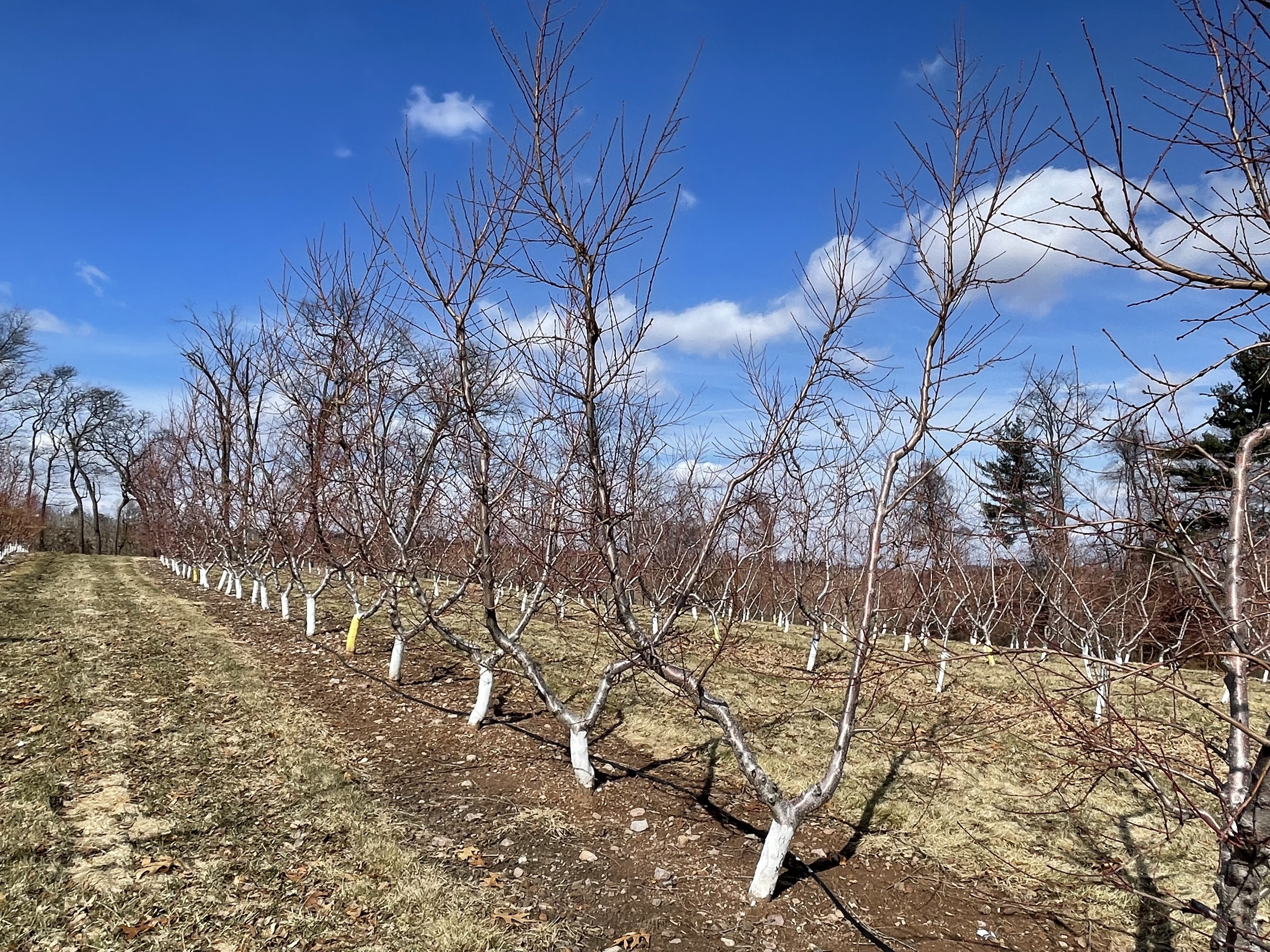
The Wallace Heuser Presidential Lecture was given by Lailiang Chang from Cornell University. Chang provided an overview of the apple Root-2-Fruit (R2F) Specialty Crops Research Initiative (SCRI) project. He reported that over the last 20 years, 80% of apple trees planted are on M.9, B.9 and M.26 rootstocks. These rootstocks are susceptible to replant issues and multiple biotic and abiotic stresses, which lead to economic loss for growers. In addition, the rapid adoption of Honeycrisp has created an urgent need to identify rootstocks that provide high yields and high-quality fruit.
A key goal of this work is also to better understand factors involved in bitter pit development and identify rootstocks that minimize bitter pit development in apple. Chang reported that rootstocks differ in their ability to take up nutrients such as K and Ca, and apple varieties differ in their requirements for nutrients. He also reported that the total amount of Ca available to fruit is less important than the K/Ca and N/Ca ratios since greater uptake of K and N results in less uptake of Ca.
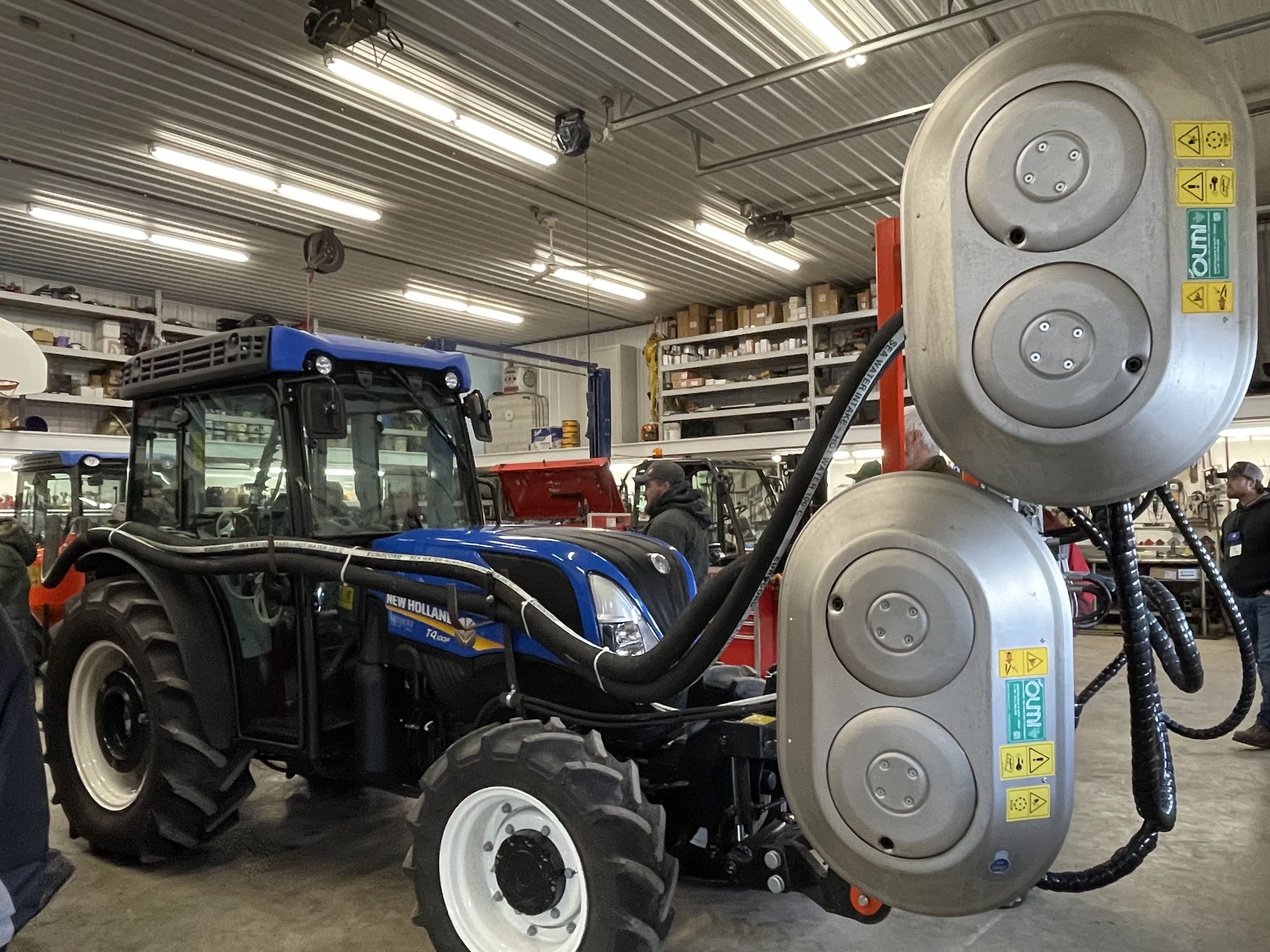
In addition, tree vigor plays an important role in bitter pit where higher vigor trees tend to have fruit with higher bitter pit development. More information on the R2F project will be presented on March 1, 2022, in a webinar organized by Cornell Cooperative Extension. Register for the webinar at the link below.
Register for SCRI Root to Fruit Webinar
Future Michigan State University Extension articles will be written to dig into additional information and updates about some of these important topics. Articles will include topics such as apple replant disease and soil health, RAD/SAD incidence and considerations, robotic harvesters and vision sensing, pneumatic leaf defoliation, using PGRs in the orchard, and rootstock evaluations regarding the Root-2-Fruit SCRI project and NC-140 trials. Stay tuned for more information!
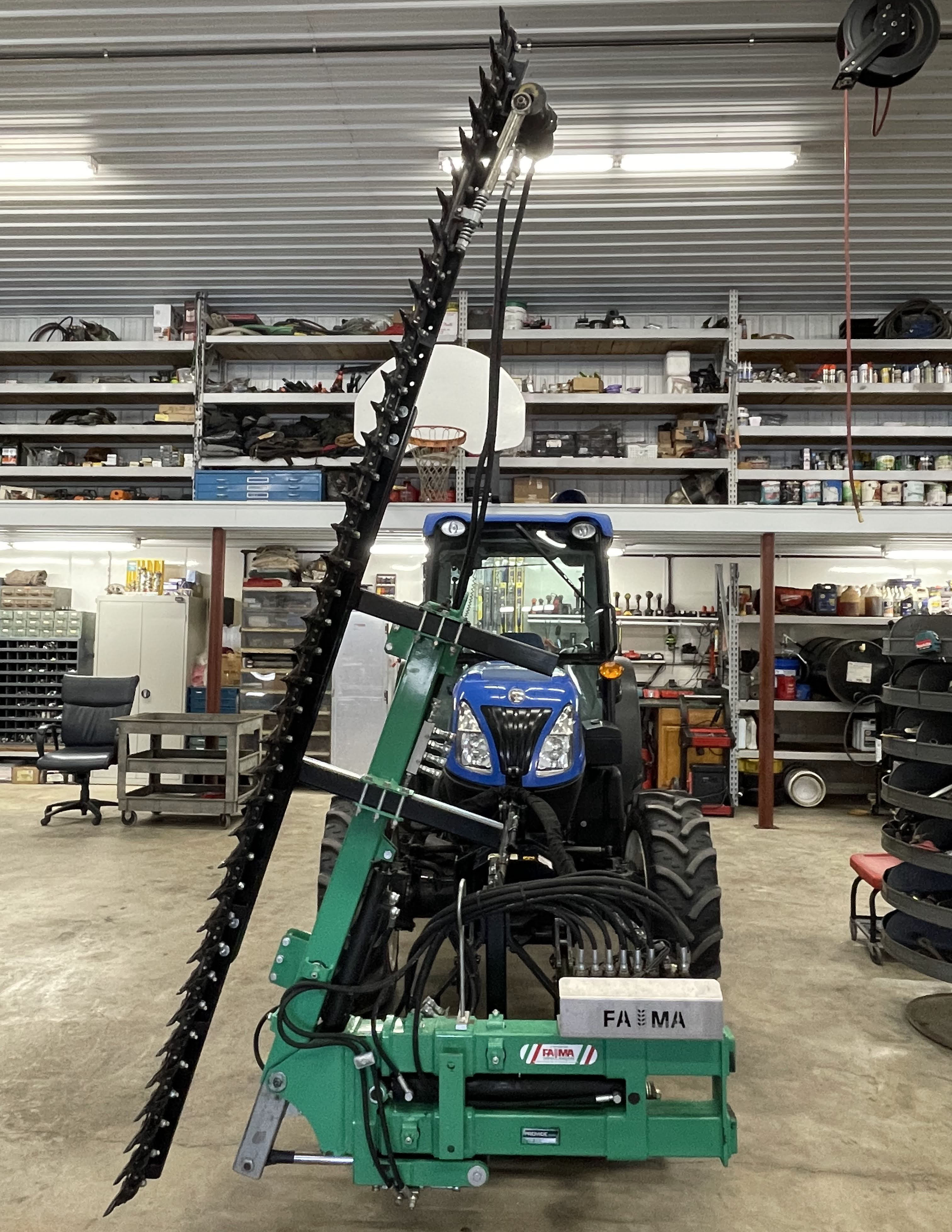



 Print
Print Email
Email




